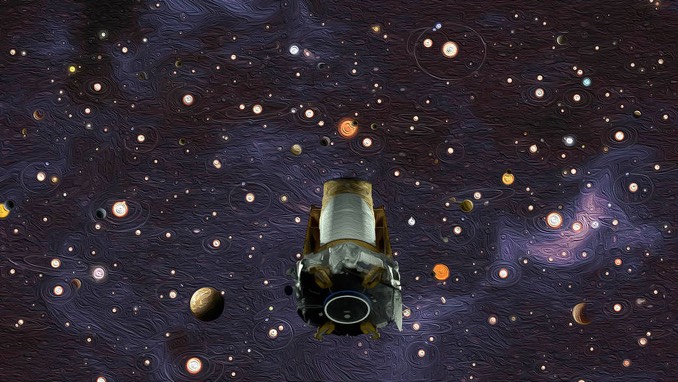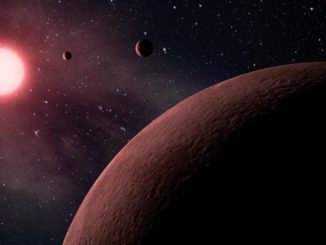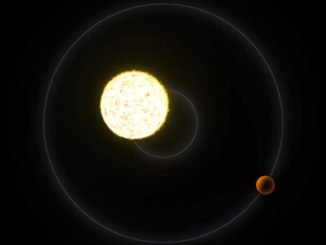
A new statistical analysis based on archived data from NASA’s exoplanet-hunting Kepler spacecraft and ESA’s Gaia shows Earth-size planets are likely orbiting one in six Sun-like stars. The study is the most accurate estimate yet, researchers say, of the potential population of roughly Earth-size worlds in the Milky Way.
“We used the final catalog of planets identified by Kepler and improved star properties from the European Space Agency’s Gaia spacecraft to build our simulations,” said Danley Hsu, a graduate student at Penn State University and the first author of a paper in The Astronomical Journal.
“By comparing the results to the planets cataloged by Kepler, we characterised the rate of planets per star and how that depends on planet size and orbital distance. Our novel approach allowed the team to account for several effects that have not been included in previous studies.”
Based on their simulations, Hsu and Penn State professor Eric Ford, a leader of the research team, found that, on average, one in six Sun-like stars likely host planets with masses between three quarters and 1.5 times that of Earth with orbital periods ranging from 237 to 500 days.
Taking uncertainties into account, the true rate could be as high as one planet for every two stars or as low as one planet for every 33.
The study could play a role in how missions and instruments are designed to study the atmospheres of relatively nearby exoplanets to search for biomarkers indicative of life.
“Scientists are particularly interested in searching for biomarkers … in the atmospheres of roughly Earth-size planets that orbit in the ‘habitable-zone’ of Sun-like stars,” said Ford. “Knowing how often we should expect to find planets of a given size and orbital period is extremely helpful for optimise surveys for exoplanets and the design of upcoming space missions to maximise their chance of success.”



